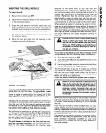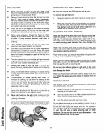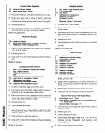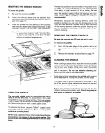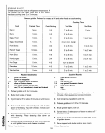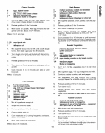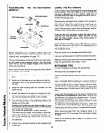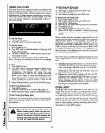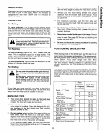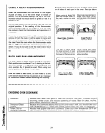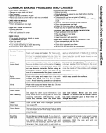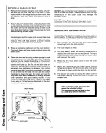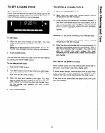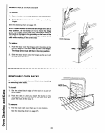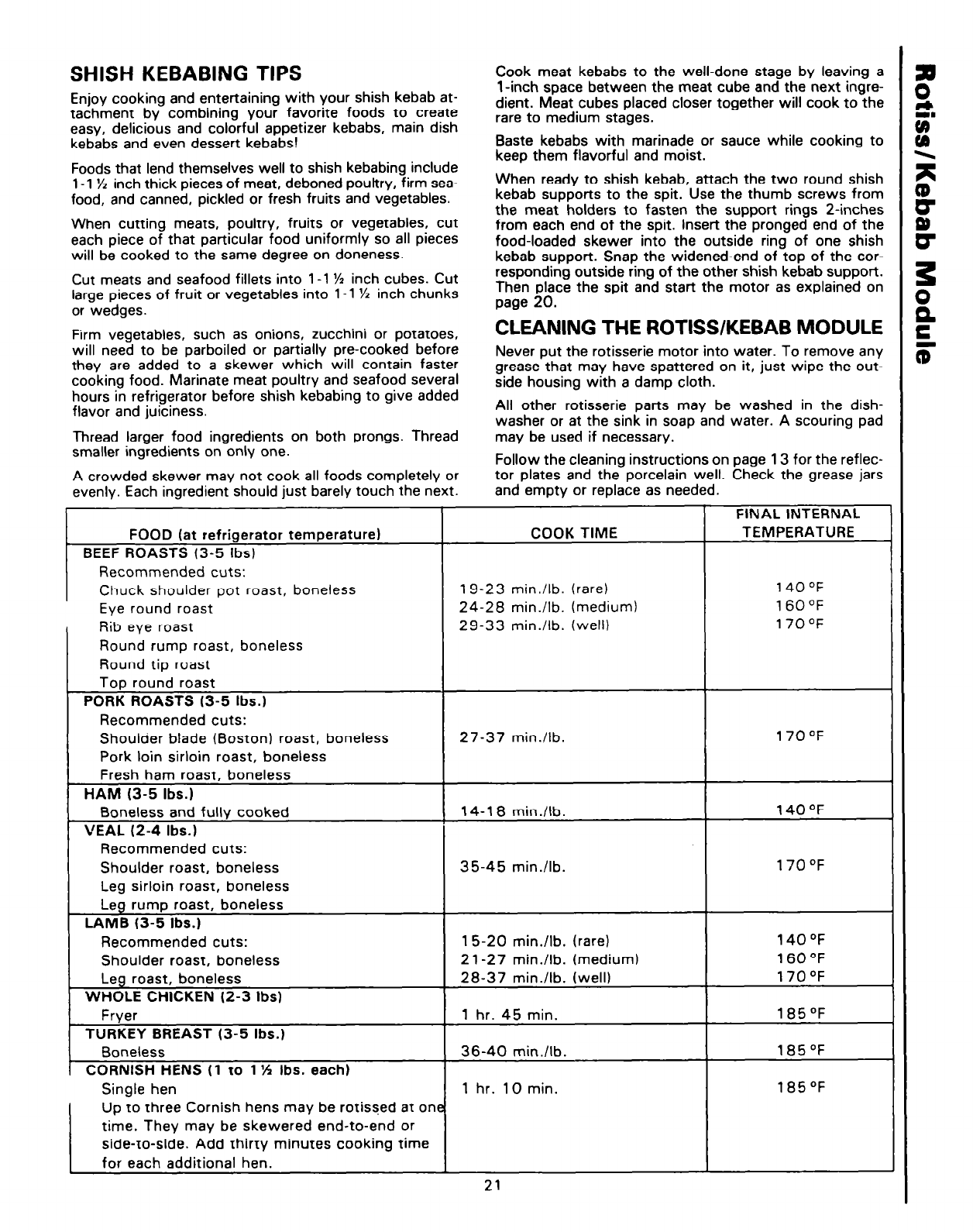
SHISH KEBABING TIPS
Enjoy cooking and entertaining with your shish kebab at-
tachment by combining your favorite foods to create
easy, delicious and colorful appetizer kebabs, main dish
kebabs and even dessert kebabs!
Foods that lend themselves well to shish kebabing include
l-l % inch thick pieces of meat, deboned poultry, firm sea-
food, and canned, pickled or fresh fruits and vegetables.
When cutting meats, poultry, fruits or vegetables, cut
each piece of that particular food uniformly so all pieces
will be cooked to the same degree on doneness.
Cut meats and seafood fillets into l-l % inch cubes. Cut
large pieces of fruit or vegetables into l-l % inch chunks
or wedges.
Firm vegetables, such as onions, zucchini or potatoes,
will need to be parboiled or partially pre-cooked before
they are added to a skewer which will contain faster
cooking food. Marinate meat poultry and seafood several
hours in refrigerator before shish kebabing to give added
flavor and juiciness.
Thread larger food ingredients on both prongs. Thread
smaller ingredients on only one.
A crowded skewer may not cook all foods completely or
evenly. Each ingredient should just barely touch the next.
Cook meat kebabs to the well-done stage by leaving a
l-inch space between the meat cube and the next ingre-
dient. Meat cubes placed closer together will cook to the
rare to medium stages.
Baste kebabs with marinade or sauce while cooking to
keep them flavorful and moist.
When ready to shish kebab, attach the two round shish
kebab supports to the spit. Use the thumb screws from
the meat holders to fasten the support rings 2-inches
from each end of the spit. insert the pronged end of the
food-loaded skewer into the outside ring of one shish
kebab support. Snap the widened-end of top of the cor-
responding outside ring of the other shish kebab support.
Then place the spit and start the motor as explained on
page 20.
CLEANING THE ROTISWKEBAB MODULE
Never put the rotisserie motor into water. To remove any
grease that may have spattered on it, just wipe the out-
side housing with a damp cloth.
All other rotisserie parts may be washed in the dish-
washer or at the sink in soap and water. A scouring pad
may be used if necessary.
Follow the cleaning instructions on page 13 for the reflec-
tor plates and the porcelain well. Check the grease jars
and empty or replace as needed.
FOOD (at refrigerator temperature)
BEEF ROASTS (3-5 Ibs)
COOK TIME
Recommended cuts:
Chuck shoulder pot roast, boneless
Eye round roast
Rib eye roast
19-23 min./lb. (rare)
24-28 min./lb. (medium)
29-33 min./lb. (well)
Round rump roast, boneless
Round tip roast
Top round roast
PORK ROASTS (3-5 Ibs.)
Recommended cuts:
Shoulder blade (Boston) roast, boneless
Pork loin sirloin roast, boneless
Fresh ham roast, boneless
HAM (3-5 Ibs.)
27-37 min./lb.
Boneless and fully cooked
VEAL (2-4 Ibs.)
1 14-18 min./lb.
I
Recommended cuts:
Shoulder roast, boneless
Leg sirloin roast, boneless
Leg rump roast, boneless
LAMB (3-5 Ibs.)
35-45 min./lb.
Recommended cuts:
Shoulder roast, boneless
I
15-20 min./lb. (rare)
2 l-27 min./lb. (medium)
Leg roast, boneless
WHOLE CHICKEN 12-3 Ibs)
Fryer
TURKEY BREAST (3-5 Ibs.)
28-37 min./lb. (well)
1 hr. 45 min.
Boneless
36-40 min./lb.
CORNISH HENS (1 to 1 K Ibs. each)
Single hen
Up to three Cornish hens may be rotissed at on
time. They may be skewered end-to-end or
side-to-side. Add thirty minutes cooking
time
4
1 hr. 10 min.
I
for each additional hen.
I
21
FINAL INTERNAL
TEMPERATURE
140°F
16OOF
170°F
170°F
140°F
170°F
140°F
16OOF
170°F
185OF
185OF
185OF



